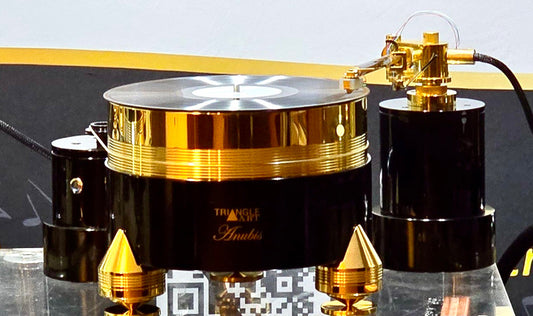Taking out the garbage
by Paul McGowan
I mentioned in yesterday's post it's not a good idea to rely upon a low pass filter to reduce transient input problems if it is in the feedback loop of an output stage. The raw output of a DAC chip has lots of high frequency components that can agitate an output stage into sounding aggressive, bright, and unpleasant. The unfortunate proof of this can be found in DACs of all prices.
Modern DAC chips have more high frequency garbage than those of old because of higher sample rates for PCM, and greater noise levels with DSD. The stress on output stages following the DAC chips are at an all time high.
One simple method of reducing the stress on output stages is the use of a simple, passive filter between the DAC and the output stage. The chain would look like this: DAC raw output->passive low pass filter->output stage. Passive filters do not get upset by what you feed into them. Their output is simply a function of their configuration.
Why is this method preferable to redesigning the output amplifier to be less affected by its input? Because pre-cleaning noise allows the output amplifier to be designed with best sound first, immunity to noise second. The end result is a much better sounding output stage, free of transient overload.
Both methods work and measure well. It is the sonic differences that matter and those engineers that listen to their designs will nearly always triumph over the technologists who just measure.
- Choosing a selection results in a full page refresh.
- Opens in a new window.








